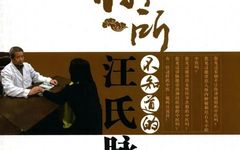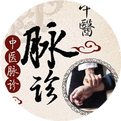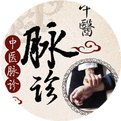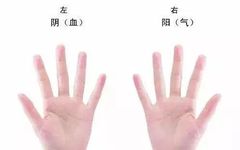Comprehensive Guide to TCM Pulse Diagnosis (Recommended for Collection and Repeated Study)
Comprehensive Guide to TCM Pulse Diagnosis (Recommended for Collection and Repeated Study) Comprehensive Guide to TCM Pulse Diagnosis Floating Pulse (Fu Mai): Lightly pressing, if it disappears with heavy pressure, it is like wood floating on water. A strong floating pulse indicates wind-heat, while a weak floating pulse suggests blood deficiency. Deep Pulse (Chen Mai): … Read more










